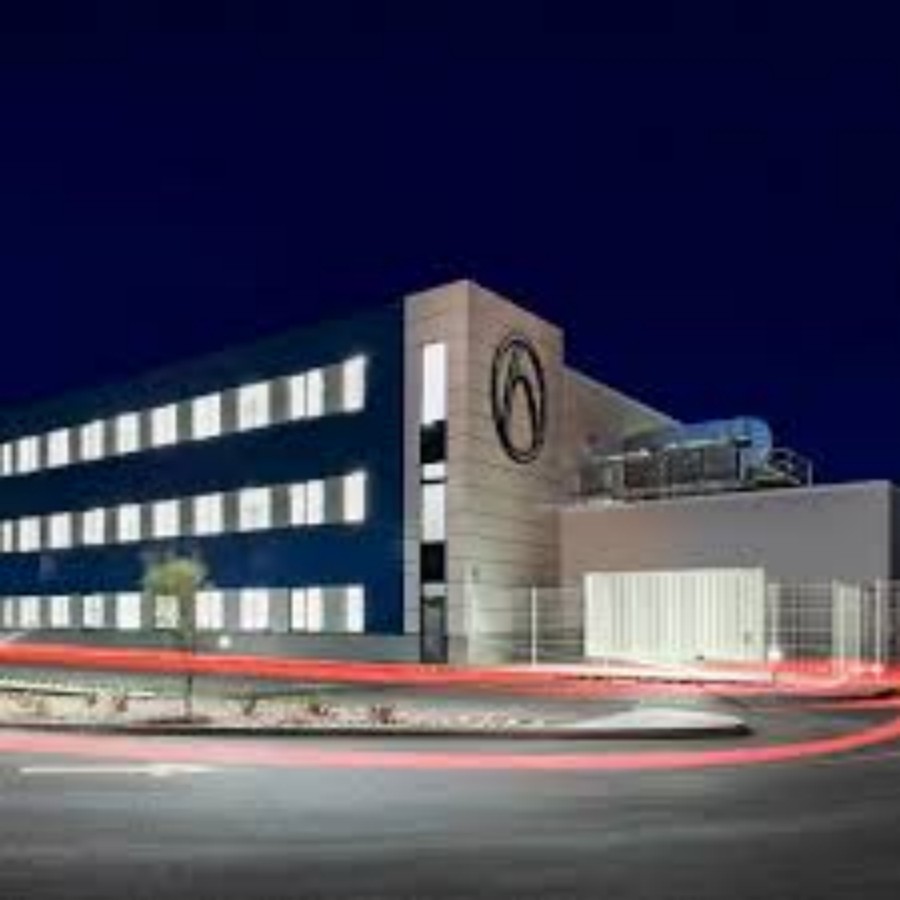
Straight-through
Straight-through Ethernet switches can be understood as line matrix switches with crisscross lines between ports. When a data packet is detected at the input port, the packet header is checked, the destination address of the packet is obtained, the internal dynamic search table is started, and the corresponding output port is converted. The data packet is connected at the intersection of the input and output, and the data packet is directly connected to the corresponding port to realize the switching function. Because it does not need to be stored, the delay is very small and the switching is very fast, which is its advantage. The disadvantage is that since the content of the data packet is not saved by the Ethernet switch, it is impossible to check whether the transmitted data packet is wrong, and the error detection capability cannot be provided. Because there is no cache, the input/output ports of different speeds cannot be directly connected, and it is easy to lose.
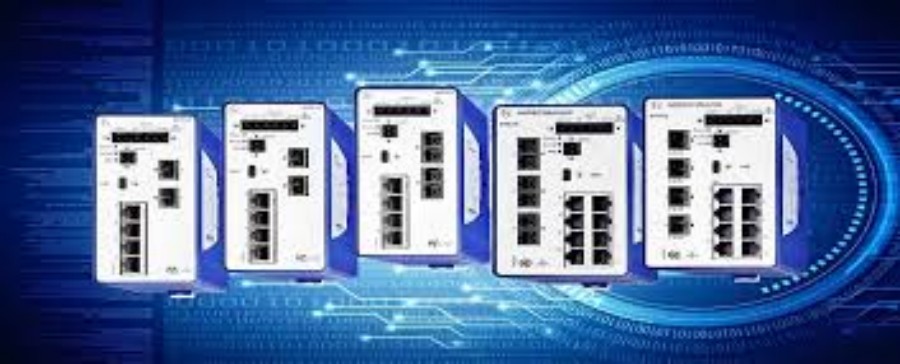
Store and forward
Store and forward mode is an application mode in the field of computer networks. It first stores the data packet of the input port, then performs a CRC (cyclic redundancy code verification) check, takes out the destination address of the data packet after processing the error packet, and converts it into the output port to send the packet through the search table. Because of this, the delay of storage and forwarding in data processing is large, which is its shortcoming, but it can incorrectly detect data packets entering the switch and significantly improve network performance. Especially important is that it can support conversion between ports of different speeds and maintain the collaborative work between high-speed ports and low-speed ports.
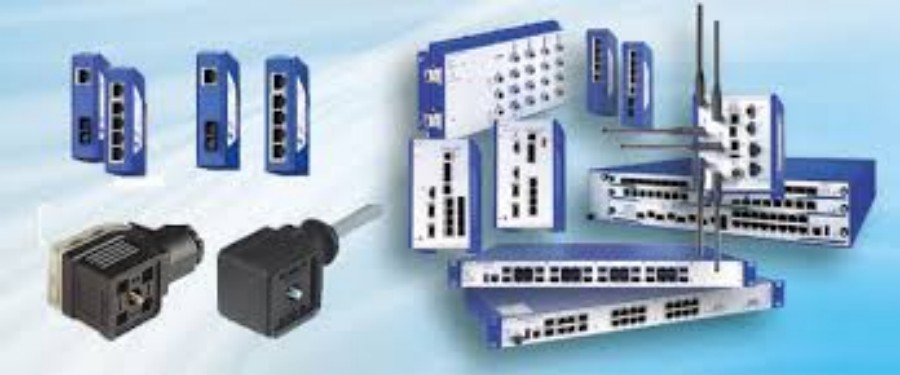
Fragment isolation
This is a solution between the first two. It checks whether the length of the data packet is enough for 64 bytes. If it is less than 64 bytes, it means it is a fake packet and the packet is discarded; if it is greater than 64 bytes, the packet is sent. This method does not provide data verification. Its data processing speed is faster than storage and forwarding, but slower than direct pass. Introducing the switching of the Hirschman switch.
At the same time, the Hirschman switch can transmit data between multiple ports. Each port can be regarded as an independent physical network segment (note: non-IP network segment), and the network devices connected to it can enjoy all the bandwidth independently without competing with other devices. When node A sends data to node D, node B can send data to node C at the same time, and both have the full bandwidth of the network and have their own virtual connection. If a 10Mbps Ethernet switch is used, the total traffic of the switch is equal to 2x10Mbps=20Mbps. When a 10Mbps shared HUB is used, the total traffic of a HUB will not exceed 10Mbps.
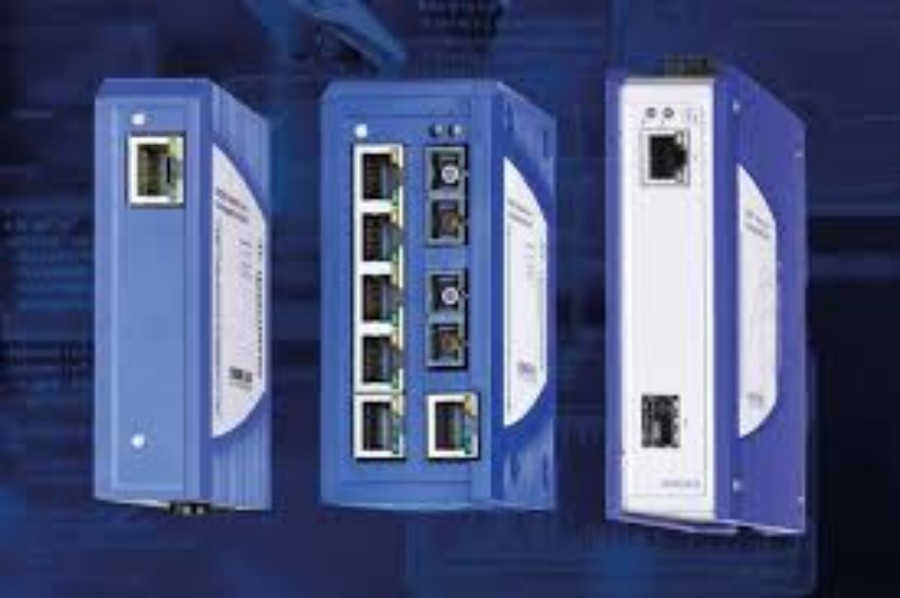
In short, the Hirschman switch is a network device that can complete the function of encapsulating and forwarding data frames based on MAC address recognition. The Hirschman switch can learn MAC addresses and store them in the internal address table, and directly reach the target through a temporary switch between the originator and the target receiver of the data frame.
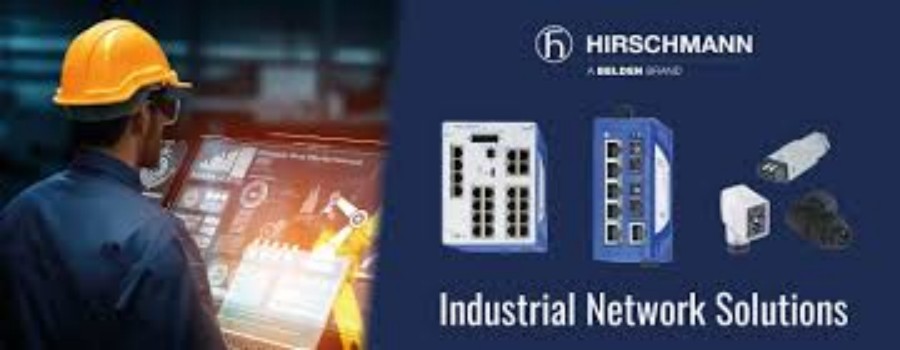
Post time: Dec-12-2024

